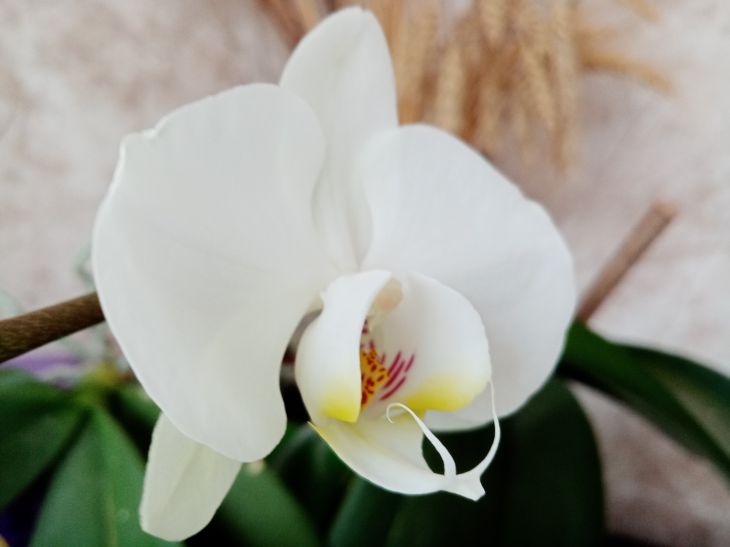Orchid withers before our eyes: 5 ways to help the flower recover
Growing an orchid is a very difficult task, because the exotic plant is very capricious.
If a gardener sees that his orchids have begun to wilt and shed their leaves, then he needs to try to revive them and take control of the situation in the 5 ways described below.
Normalizing the watering schedule
An orchid can wilt due to excessive watering. The plant loves moisture, but if there is too much of it, the exposed roots rot.
The process can last for months, giving signals, in particular wilting. If the gardener sees that his exotic has become unstable, then this is a clear sign of problems with the roots.
You need to inspect them, remove rotten areas and reduce watering. In addition, the watering procedure should be carried out strictly on the roots, without touching the leaves.

Plant fertilizing
If an orchid is sick on the leaf, then it was most likely exposed to a fungus. It spreads in the autumn, when the orchid goes into rest, but the gardener continues active watering.
The best solution would be to remove the damage and fertilize. The latter is essential for further prevention of fungus and for the restoration of the plant.
But you need to select a fertilizer that is exclusively suitable for the orchid. For example, nitrogen in the fall can make the flower gain green mass, which will cause it to deplete all its resources.
Ventilation of premises
One of the reasons for the orchid's lethargy may be a lack of fresh air. You need to find a place where the plant would receive fresh oxygen, but would not suffer from a cold draft.
If the situation occurs in the summer, the orchid can be moved to the balcony.
If the plant becomes lethargic in winter, you need to take it out of the room, air it out and return it to comfortable conditions with a fresh climate.
Isolation of the plant and processing of tools
A diseased orchid with pronounced lethargy should be quarantined. This is necessary to prevent the infection or fungus from spreading to other plants.
In quarantine in a separate room, you need to cut off all damaged areas, treat with the preparation and leave until recovery for about 20-30 days. Do not worry that there are few leaves and shoots left on the crop.
Orchids recover quickly after pruning. The main thing is that there are several healthy buds left on it. In addition, it is very important to use clean tools.
After all, they can also be carriers of diseases. They need to be washed with antibacterial soap and wiped with an antiseptic before and immediately after work.
Orchid after restoration
After all the appropriate measures have been taken to restore the orchid, you need to very carefully monitor the condition of your green pet.
If the flower starts to rot again, grows crookedly, is weak and lethargic, then all treatment procedures will have to be repeated.
Otherwise, you need to create comfortable conditions for the plant: no drafts, a temperature within +20 °C and diffused light.
Restoring a wilted orchid is a slow process that requires finding the trigger for its condition, treating it, and creating the necessary conditions.
